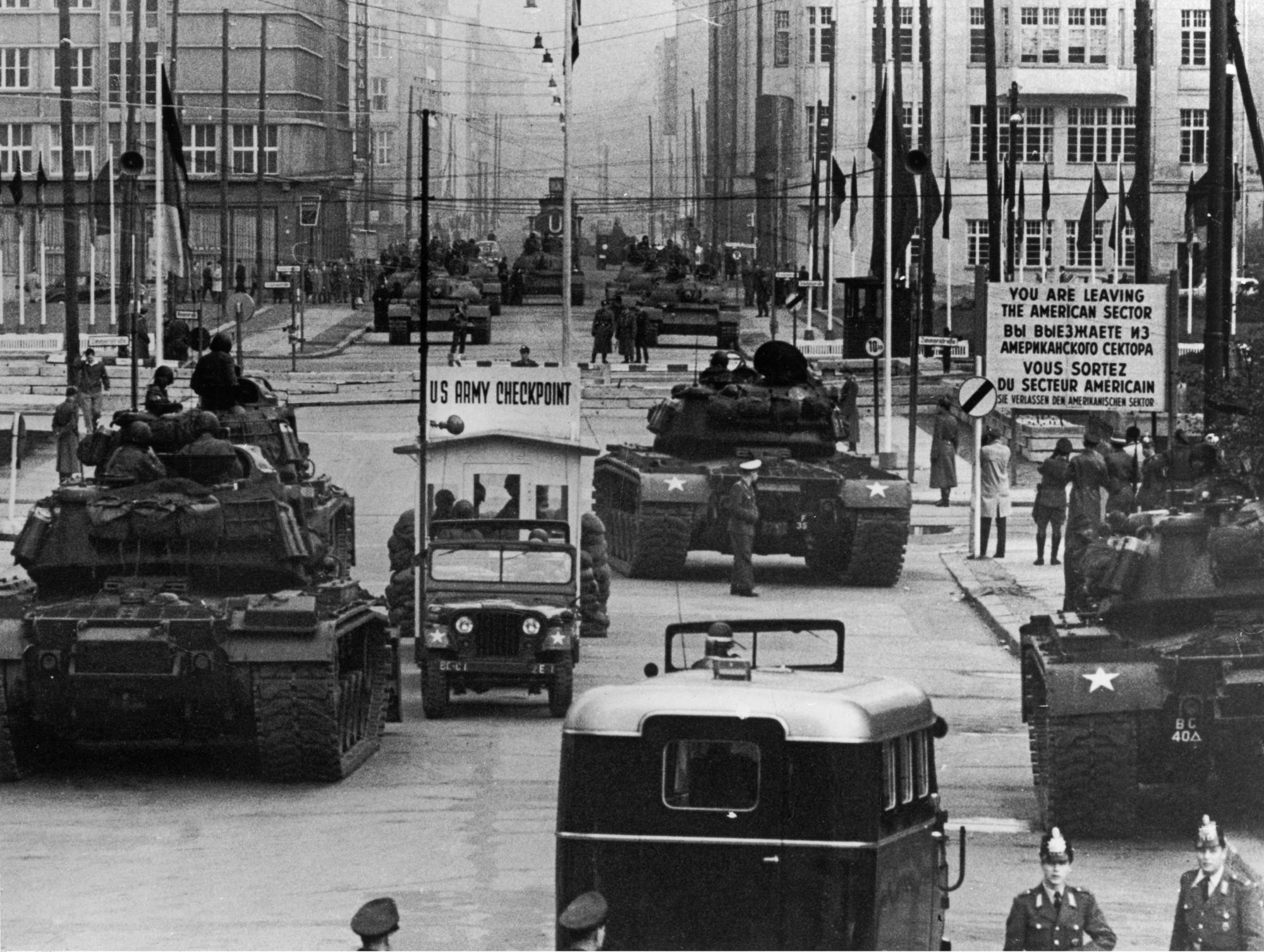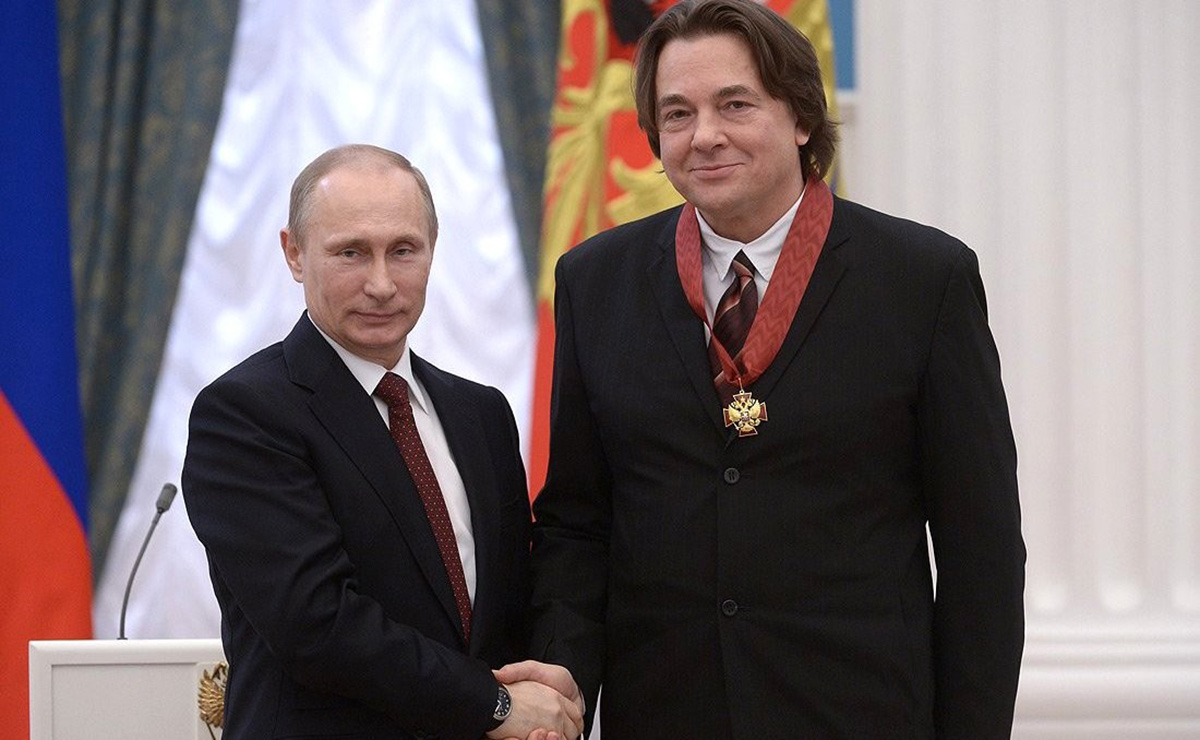|
First Baltic Channel
First Baltic channel (; abbreviated PBK; ) was a Baltic pay television channel based on the largest Russian Channel One to broadcast its programs in the Baltic states. It was launched on 4 September 2002. The channel had also broadcast the local news programme ''Latvian time'' () since June 2003. The channel was closed in Latvia on 26 October 2021 due to misinformation about COVID-19 and two other violations. Following the Russian invasion of Ukraine in 2022, its license was revoked and the channel was effectively banned in all three Baltic States. Other channels First Baltic music channel First Baltic music channel (; ) was a Russian-language music television channel launched in 2005. The channel broadcast in Estonia, Germany, Latvia, Lithuania, Russia and Ukraine. The channel ceased broadcasting on 1 November 2017 and was replaced by . First Baltic channel Estonia First Baltic channel Estonia (; ) was an Estonian Russian-language television channel launched in 2002. Fir ... [...More Info...] [...Related Items...] OR: [Wikipedia] [Google] [Baidu] |
Riga
Riga (; lv, Rīga , liv, Rīgõ) is the capital and largest city of Latvia and is home to 605,802 inhabitants which is a third of Latvia's population. The city lies on the Gulf of Riga at the mouth of the Daugava river where it meets the Baltic Sea. Riga's territory covers and lies above sea level, on a flat and sandy plain. Riga was founded in 1201 and is a former Hanseatic League member. Riga's historical centre is a UNESCO World Heritage Site, noted for its Art Nouveau/Jugendstil architecture and 19th century wooden architecture. Riga was the European Capital of Culture in 2014, along with Umeå in Sweden. Riga hosted the 2006 NATO Summit, the Eurovision Song Contest 2003, the 2006 IIHF Men's World Ice Hockey Championships, 2013 World Women's Curling Championship and the 2021 IIHF World Championship. It is home to the European Union's office of European Regulators for Electronic Communications (BEREC). In 2017, it was named the European Region of Gastronomy. ... [...More Info...] [...Related Items...] OR: [Wikipedia] [Google] [Baidu] |
Soviet Army
uk, Радянська армія , image = File:Communist star with golden border and red rims.svg , alt = , caption = Emblem of the Soviet Army , start_date = 25 February 1946 , country = (1946–1991)' (1991–1992) , branch = , type = Army , role = Land warfare , size = 3,668,075 active (1991) 4,129,506 reserve (1991) , command_structure = , garrison = , garrison_label = , nickname = "Red Army" , patron = , motto = ''За нашу Советскую Родину!(Za nashu Sovetskuyu Rodinu!)''"For our Soviet Motherland!" , colors = Red and yellow , colors_label = , march ... [...More Info...] [...Related Items...] OR: [Wikipedia] [Google] [Baidu] |
Television Channels And Stations Established In 2002
Television, sometimes shortened to TV, is a telecommunication Media (communication), medium for transmitting moving images and sound. The term can refer to a television set, or the medium of Transmission (telecommunications), television transmission. Television is a mass medium for advertising, entertainment, news, and sports. Television became available in crude experimental forms in the late 1920s, but only after several years of further development was the new technology marketed to consumers. After World War II, an improved form of black-and-white television broadcasting became popular in the United Kingdom and the United States, and television sets became commonplace in homes, businesses, and institutions. During the 1950s, television was the primary medium for influencing public opinion.Diggs-Brown, Barbara (2011''Strategic Public Relations: Audience Focused Practice''p. 48 In the mid-1960s, color broadcasting was introduced in the U.S. and most other developed countri ... [...More Info...] [...Related Items...] OR: [Wikipedia] [Google] [Baidu] |
Defunct Television Channels
Defunct (no longer in use or active) may refer to: * ''Defunct'' (video game), 2014 * Zombie process or defunct process, in Unix-like operating systems See also * * :Former entities * End-of-life product An end-of-life product (EOL product) is a product at the end of the product lifecycle which prevents users from receiving updates, indicating that the product is at the end of its useful life (from the vendor's point of view). At this stage, a ... * Obsolescence {{Disambiguation ... [...More Info...] [...Related Items...] OR: [Wikipedia] [Google] [Baidu] |
Transnational Network Affiliates
{{disambiguation ...
Transnational may refer to: * Transnational company * Transnational crime * Transnational feminism * Transnational governance * Transnationality * Transnational marriage * Transnational organization * Transnational organized crime * Transnational political party * Transnational progressivism * Transnational psychology * Transnational (VNV Nation album) See also * International (other) * Multinational (other) * Supranational (other) * Subnational (other) * National (other) National may refer to: Common uses * Nation or country ** Nationality – a ''national'' is a person who is subject to a nation, regardless of whether the person has full rights as a citizen Places in the United States * National, Maryland, c ... [...More Info...] [...Related Items...] OR: [Wikipedia] [Google] [Baidu] |
Television Channels In Lithuania
Television, sometimes shortened to TV, is a telecommunication medium for transmitting moving images and sound. The term can refer to a television set, or the medium of television transmission. Television is a mass medium for advertising, entertainment, news, and sports. Television became available in crude experimental forms in the late 1920s, but only after several years of further development was the new technology marketed to consumers. After World War II, an improved form of black-and-white television broadcasting became popular in the United Kingdom and the United States, and television sets became commonplace in homes, businesses, and institutions. During the 1950s, television was the primary medium for influencing public opinion.Diggs-Brown, Barbara (2011''Strategic Public Relations: Audience Focused Practice''p. 48 In the mid-1960s, color broadcasting was introduced in the U.S. and most other developed countries. The availability of various types of archival storag ... [...More Info...] [...Related Items...] OR: [Wikipedia] [Google] [Baidu] |
Television Channels In Latvia
Television, sometimes shortened to TV, is a telecommunication medium for transmitting moving images and sound. The term can refer to a television set, or the medium of television transmission. Television is a mass medium for advertising, entertainment, news, and sports. Television became available in crude experimental forms in the late 1920s, but only after several years of further development was the new technology marketed to consumers. After World War II, an improved form of black-and-white television broadcasting became popular in the United Kingdom and the United States, and television sets became commonplace in homes, businesses, and institutions. During the 1950s, television was the primary medium for influencing public opinion.Diggs-Brown, Barbara (2011''Strategic Public Relations: Audience Focused Practice''p. 48 In the mid-1960s, color broadcasting was introduced in the U.S. and most other developed countries. The availability of various types of archival sto ... [...More Info...] [...Related Items...] OR: [Wikipedia] [Google] [Baidu] |
Television Channels In Estonia
Television, sometimes shortened to TV, is a telecommunication medium for transmitting moving images and sound. The term can refer to a television set, or the medium of television transmission. Television is a mass medium for advertising, entertainment, news, and sports. Television became available in crude experimental forms in the late 1920s, but only after several years of further development was the new technology marketed to consumers. After World War II, an improved form of black-and-white television broadcasting became popular in the United Kingdom and the United States, and television sets became commonplace in homes, businesses, and institutions. During the 1950s, television was the primary medium for influencing public opinion.Diggs-Brown, Barbara (2011''Strategic Public Relations: Audience Focused Practice''p. 48 In the mid-1960s, color broadcasting was introduced in the U.S. and most other developed countries. The availability of various types of archival ... [...More Info...] [...Related Items...] OR: [Wikipedia] [Google] [Baidu] |
NTV (Russia)
NTV ( Cyrillic: НТВ) is a Russian free-to-air television channel that was launched as a subsidiary of Vladimir Gusinsky's company . Since 14 April 2001 Gazprom Media controls the network. NTV has no official meaning according to Igor Malashenko, the author of the name and co-founder of the company, but in the 1990s unofficial transcripts of the acronym include "New" (''Novoje''), "Independent" (''Nezavisimoje''), "Non-governmental" (''Negosudarstvennoje''), "Our" (''Nashe''). History Vladimir Gusinsky founded NTV broadcasting in October 1993 on channel 4 moving to channel 5 in January 1994. He attracted talented journalists and news anchors of the time such as Tatiana Mitkova, Leonid Parfyonov, Mikhail Osokin, Yevgeniy Kiselyov, Vladimir A. Kara-Murza, Victor Shenderovich and others. The channel set high professional standards in Russian television, broadcasting live coverage and sharp analysis of current events. Starting before the dissolution of Soviet Union as Fo ... [...More Info...] [...Related Items...] OR: [Wikipedia] [Google] [Baidu] |
Lithuanian National Radio And Television
Lithuanian National Radio and Television (Lithuanian: Lietuvos nacionalinis radijas ir televizija) is a non-profit public broadcaster that has been providing regular radio services since 1926 and television broadcasts since 1957. LRT joined European Broadcasting Union in 1993. LRT operates three national television channels, radio stations and internet website, LRT.lt. LRT is the largest media group in Lithuania and is owned by the public. Therefore, its fundamental mission is to serve the public interest and the public’s right to trustworthy and objective information. Radio and television services are now operating from LRT headquarters in Vilnius. LRT radijas, the main LRT radio station, has the biggest share in Lithuanian radio market and pays most of attention to the operative news and educative on-air production. History The Lithuanian Radio started regular broadcasting on 12 June 1926. The television service has been broadcasting since 30 April 1957. In 1965, radio broadc ... [...More Info...] [...Related Items...] OR: [Wikipedia] [Google] [Baidu] |
Russian Propaganda
The propaganda of the Russian Federation promotes views, perceptions or agendas of the government of Russia. The media include state-run outlets and online technologies, and may involve using "Soviet-style 'active measures' as an element of modern Russian 'political warfare. Notably, contemporary Russian propaganda promotes the cult of personality of Vladimir Putin and positive views on the Soviet history. Russia has established a number of organizations such as the Presidential Commission of the Russian Federation to Counter Attempts to Falsify History to the Detriment of Russia's Interests, the Russian web brigades and others that engage in political propaganda to promote the views of the Russian government. State-sponsored global PR effort At the end of 2008, Lev Gudkov, based on the Levada Center polling data, pointed out the near-disappearance of public opinion as a socio-political institution in contemporary Russia and its replacement with the state propaganda. Sh ... [...More Info...] [...Related Items...] OR: [Wikipedia] [Google] [Baidu] |




